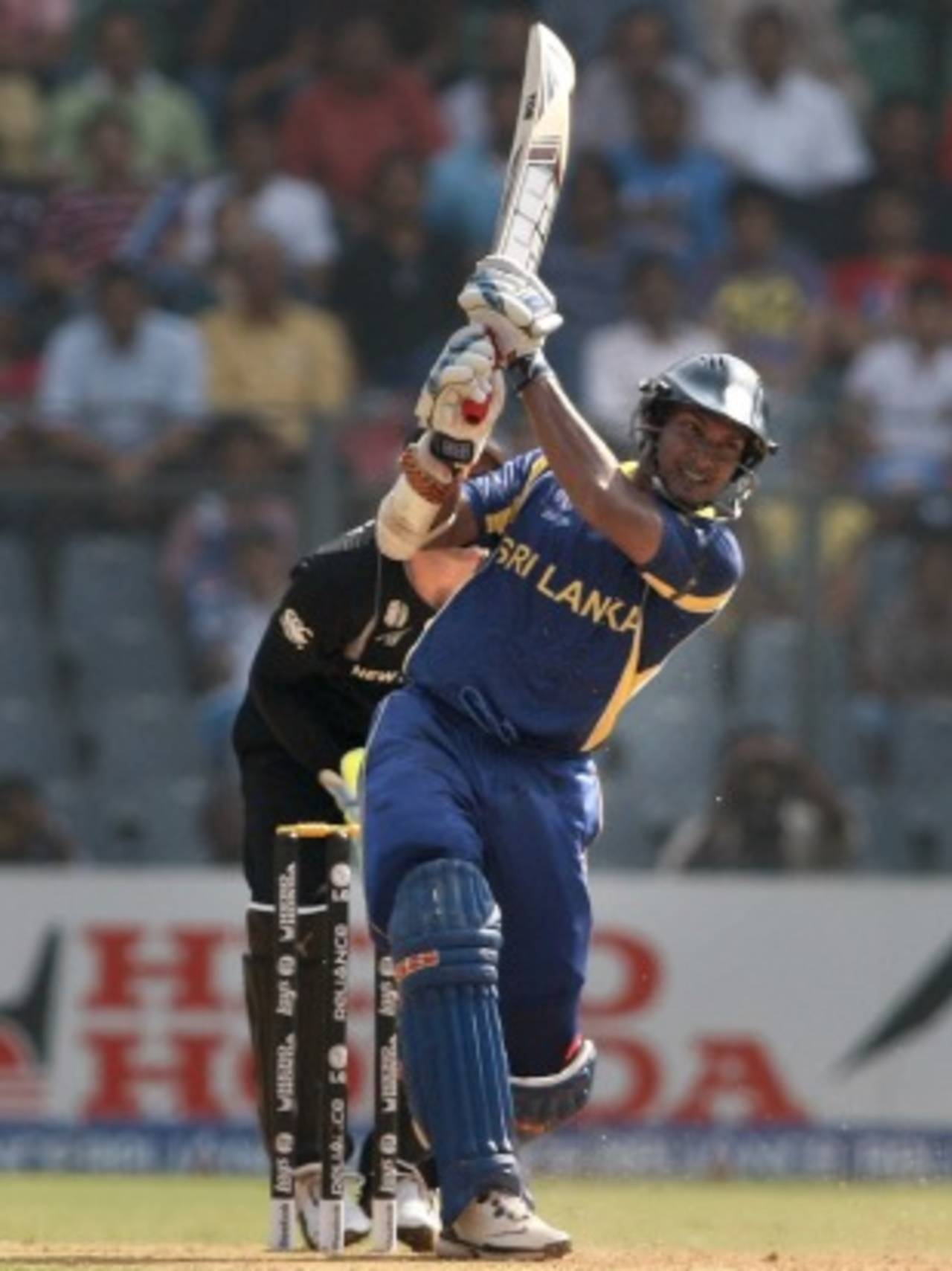Sangakkara takes command
At the Wankhede, Kumar Sangakkara scored his first one-day century since 2008, but more importantly, it was an innings of control, one under pressure; one that shows he is ready to take responsibility for his team's fortunes

Kumar Sangakkara found the perfect balance between defence and attack en route to his first one-day century since June 2008 • Getty Images
Nagraj Gollapudi is an assistant editor at ESPNcricinfo